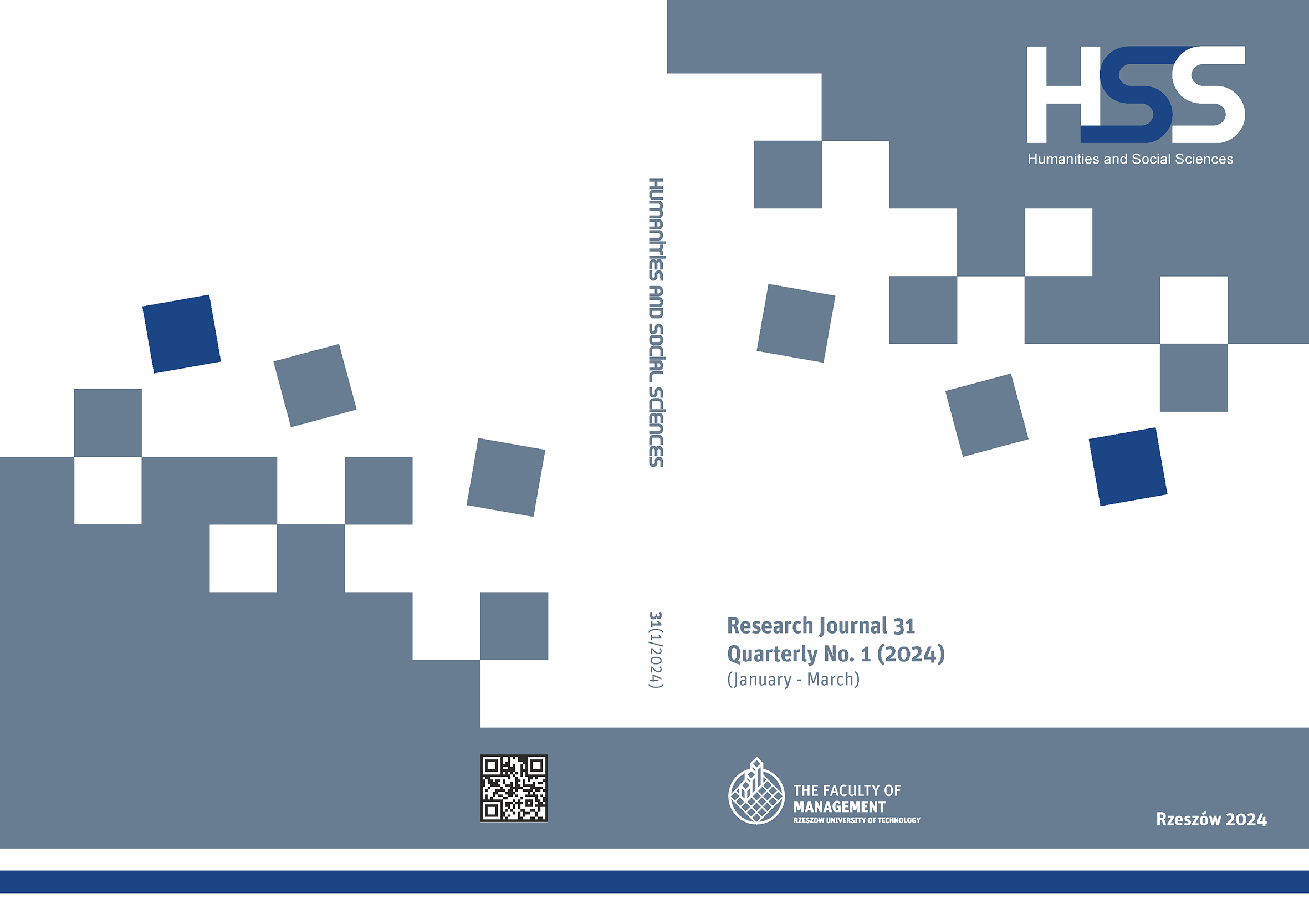Abstrakt
Drug production and trafficking, and the related development of criminal groups, are among the most serious problems of the modern world. Issues related to the drug business appear when the institutions and the economic and social systems of the state disintegrate. An example of this is Afghanistan, which has recently become the world’s largest producer of opiates. The growing production of opiates has had negative consequences for Afghan society, causing various social problems, and for the international community, strengthening organized criminal groups involved in drug trafficking around the world. The aim of this study is to look for the most important factors causing the rapid increase in opiate cultivation in Afghanistan, and to assess how the Taliban’s return to power will affect the drug business. The study was carried out through an analysis of available scientific literature, including statistical studies, as well as various compilation documents.
Bibliografia
Alaie Ahmad, M.F. (2017). The impact of drug addiction in Afghanistan is an issue to be faced ASAP. The Afghan Dispach [Access: 21.01.2022]. Access on the internet: https://www.afghandispatch.com/drug-addiction-in-afghanistan/.
BBC (2008). NATO to attack Afghan opium labs [Access: 18.01.2022]. Access on the internet:http://news.bbc.co.uk/nol/ukfs_news/hi/newsid_7660000/newsid_7663200/7663204.stm.
Booth, M. (1996). Opium, a history. Simon & Schuster.
Byrd, W. (2008). Responding to Afghanistan's Opium Economy Challenge: Lessons and Policy Implications from a Development Perspective, The World Bank, South Asia Region [Access: 121.01.2022]. Access on the internet:https://documents1.worldbank.org/curated/en/753541468197330634/pdf/wps4545.pdf.
C-MFC. (2012). Counter-Narcotics in Afghanistan [Access: 18.01.2022]. Access on the internet: https://info.publicintelligence.net/CFC-AfghanNarcotics.pdf.
Gaur Singh, D. (2006). Drugs Production and Trafficing in Afghanistan. Kabul: SHAH M BOOK CO.
Jędrzejko, M. (2005). Narkotykii narkomania w Wojsku Polskim. Warszawa–Pułtusk: Oficyna Wydawnicza ASPRA-JR.
Maimbo, S.M. (2006). The Money Exchange Dealers of Kabul. A Study of the Hawala System in Afghanistan. Washington, D.C.: The World Bank.
Mass, C. (2020). Afghanistan Analists Network. Afghanistan's Drug Career: from War to Drug Economy.
McCoy, A. (2009). The Politics of Heroin in Southeast Asia [Access: 13.12.2022]. Access on the internet: http://www.drugtext.org/library/books/McCoy/default.htm.
NATO (2008). Bucharest Summit Declaration [Access: 18.01.2022]. Access on the internet: https://www.nato.int/cps/en/natolive/official_texts_8443.htm.
Rashid, A. (2001). Taliban. The Story of the Afghan Warlords. London: Pan Books.
Ghilzai S. Qazi, A. (2016). from Biography of Mohammad Gulab Mangal [Access: 21.01.2022]. Access on the internet:: https://www.afghan-web.com/biographies/biography-of-mohammad-gulab-mangal/.
Sachs, S. (2011, July 12). The Globe and Mail. Brother of Afghan President Karzai killed by a bodyguard [Access: 20.01.2022]. Access on the internet: https://www.theglobeandmail.com/news/world/brother-of-afghan-president-karzai-killed-by-bodyguard/article599289/UNODC (2003). The opium economy in Afghanistan – an international problem. New York: United Nations Publication.
—— (2008). Afghanistan Opium Survey 2008. Vienna, Austria.
—— (2009). Addiction, Crime and Insurgency.The transnational threat of Afghan opium. Vienna, Austria.
—— (2014). Impacts of drug use on users and their families in Afghanistan. Vienna, Austria: United Nations Office on Drugs and Crime.
UNODC AOS (2008). Afghanistan Opium Survey 2008. Vienna, Austria: Office on Drugs and Crime.
—— (2019). Afghanistan Opium Survey 2019. Kabul: Office on Drugs and Crime.
UNODC Research Brief (2022). Opium cultivation in Afghanistan. Latest findings and emerging threats. United Nations Office on Drugs and Crime, 2021 [Access: 9.12.2022]. Access on the internet: https://www.unodc.org/documents/crop-monitoring/Afghanistan/Opium_cultivation_Afghanistan_2022.pdf.
UNODC Survey (2009). Drug Use in Afghanistan: 2009 Survey. United Nations Office on Drugs and Crime.
UNODC WDR (2022). World Drug Report 2022. Vienna, Austria: United Nations publication, 2022.
Wikipedia (n.d.). Mak lekarski [Access: 1.10.2022]. Access on the internet: https://pl.wikipedia.org/wiki/Mak_lekarski#Morfologia.


